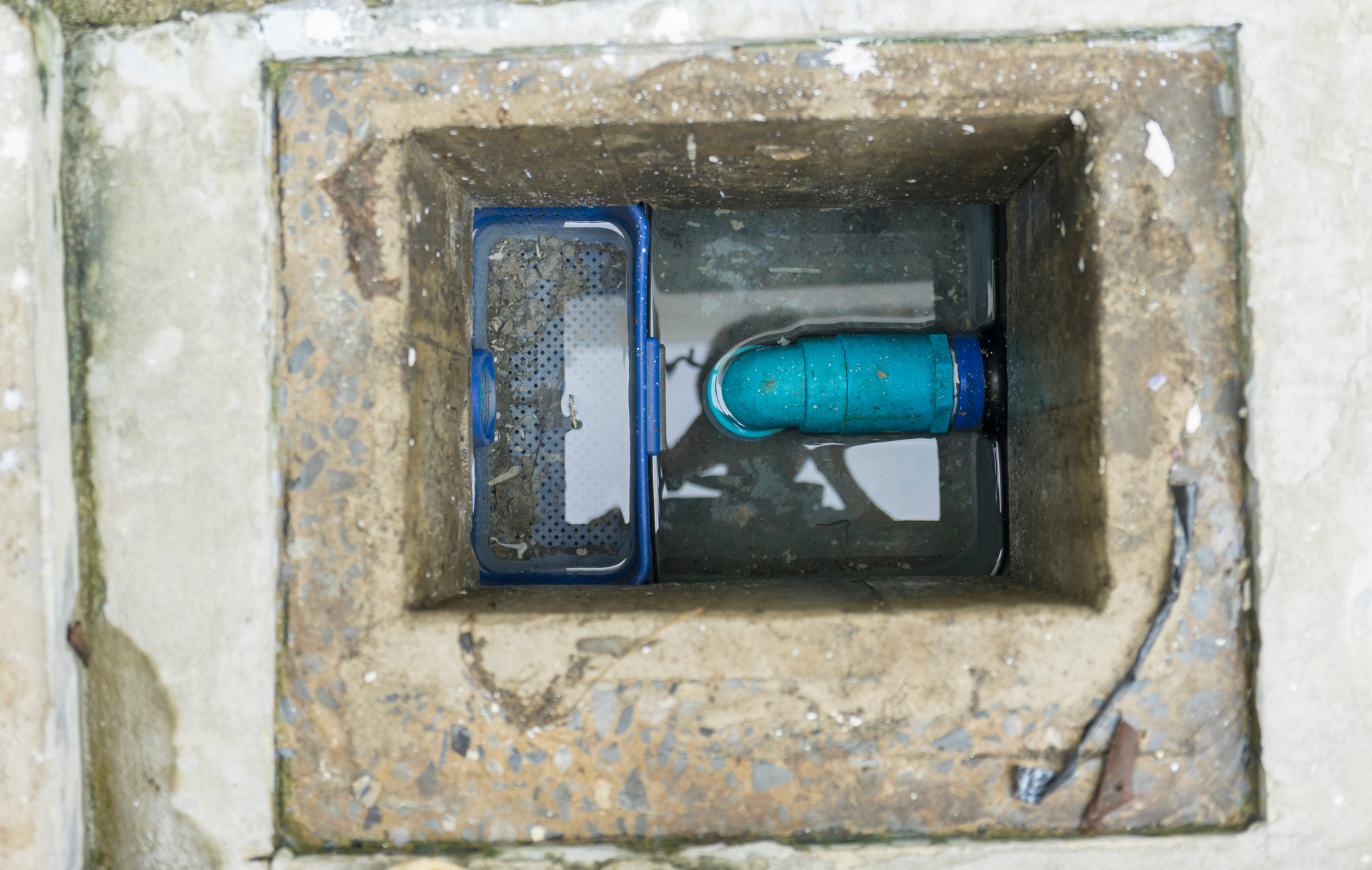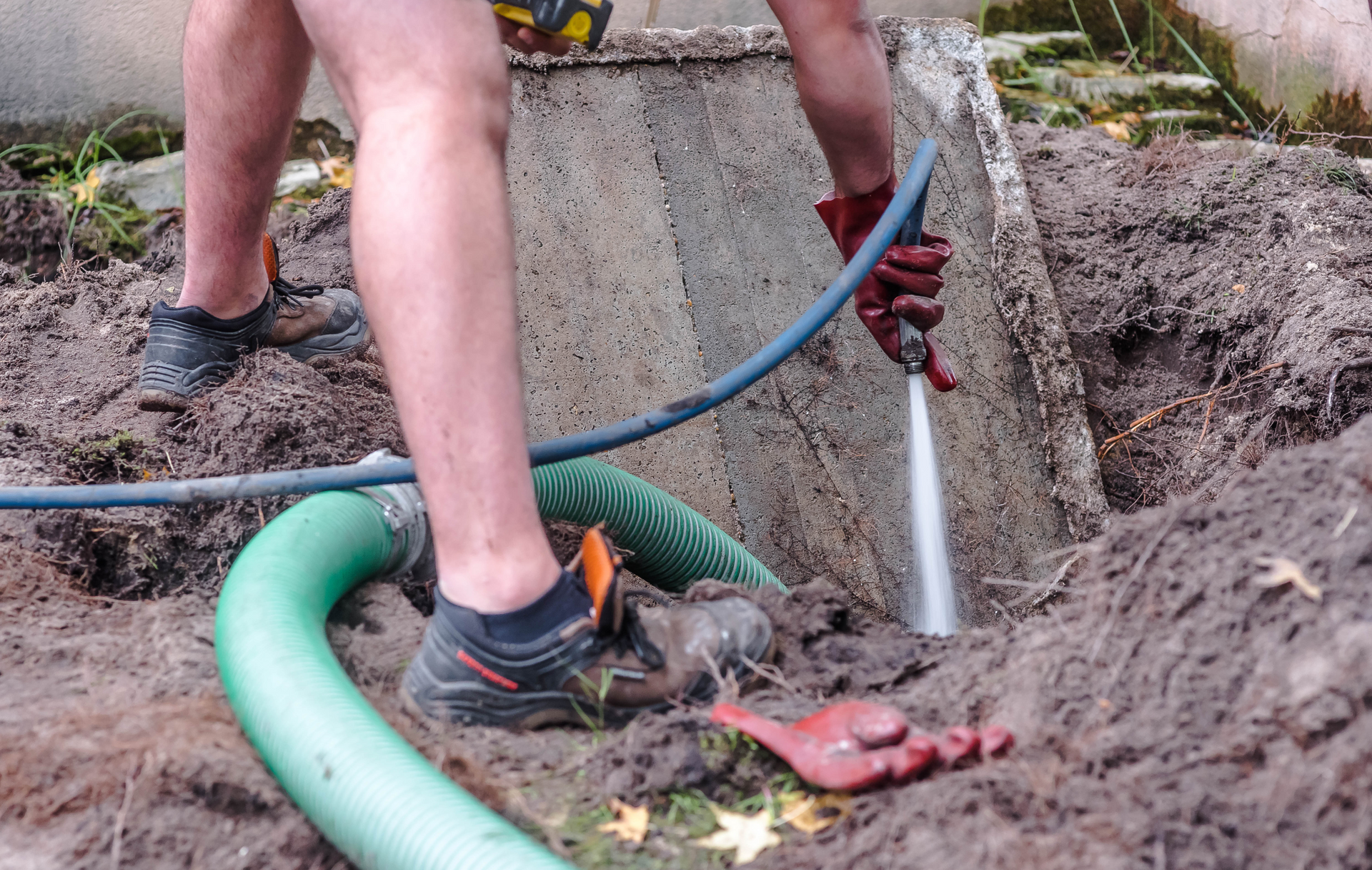Exploring Advanced Septic System Technologies for Efficiency
January 26, 2024
Exploring Advanced Septic System Technologies for Efficiency
In the realm of wastewater management, septic systems play a vital role in countless homes across Oxford, Mississippi. These underground systems silently process and treat wastewater, ensuring that our homes remain sanitary and our environment remains pristine. However, like any technology, septic systems have evolved over the years. Today, advanced septic system technologies are transforming the landscape of septic system efficiency and environmental impact.
At Oxford Septic Service, we're committed to staying at the forefront of septic system innovation to better serve our community. In this comprehensive guide, we'll explore the exciting world of advanced septic system technologies, highlighting how these innovations are enhancing efficiency, sustainability, and peace of mind for homeowners in Oxford, MS.
The Evolution of Septic Systems
Before delving into the advanced technologies, it's essential to understand how septic systems have evolved. Traditional septic systems consist of a septic tank and a drain field. Wastewater from your home flows into the septic tank, where solids settle to the bottom, and clarified effluent is discharged into the drain field, where it undergoes further treatment by soil and beneficial microbes.
While traditional systems have served us well for decades, advanced septic technologies are taking wastewater treatment and disposal to the next level.
1. Aerobic Treatment Units (ATUs)
Aerobic Treatment Units are a revolutionary advancement in septic system technology. Unlike traditional anaerobic systems that rely on naturally occurring bacteria, ATUs introduce oxygen into the treatment process, creating an aerobic environment. This oxygen-rich environment encourages the growth of aerobic bacteria, which are more efficient at breaking down organic matter and removing impurities from the wastewater. ATUs result in cleaner effluent, reducing the environmental impact and potential for system failure.
2. Advanced Filtration Systems
Advanced filtration systems are engineered to provide additional treatment and clarification of septic effluent. These systems typically include components like sand filters, textile filters, or media filters. As wastewater passes through these filters, suspended particles and contaminants are further removed, resulting in cleaner effluent before it's released into the drain field. Advanced filtration systems are particularly useful in areas with challenging soil conditions or high water tables.
3. Remote Monitoring and Control
The integration of remote monitoring and control technology has transformed septic system management. Homeowners can now access real-time data about their septic systems, including tank levels, system status, and alarms, through smartphone apps or web portals. This technology allows for proactive maintenance and early detection of issues, reducing the risk of system failures and costly repairs. It also provides peace of mind, knowing that your septic system's health is at your fingertips.
4. Effluent Chlorination Systems
Effluent chlorination systems are employed to disinfect septic effluent before it's discharged. By treating the effluent with chlorine, harmful pathogens and bacteria are destroyed, ensuring that the wastewater poses minimal health risks to the environment and surrounding communities. This technology is especially valuable in areas where water quality standards are stringent or where septic effluent may come into contact with groundwater sources.
5. Dosing and Pressure Distribution
Conventional septic systems rely on gravity to distribute effluent in the drain field. Advanced septic systems, however, use dosing and pressure distribution technology to evenly distribute effluent throughout the drain field. This controlled and efficient distribution minimizes the risk of overloading specific areas, promoting optimal treatment and extending the drain field's lifespan.
6. Alternative Drain Field Designs
In areas with challenging soil conditions or limited space, alternative drain field designs have emerged as a viable solution. These designs include shallow trenches, pressure bed systems, and mound systems. By tailoring the drain field to local conditions, these alternatives can optimize treatment and disposal while maintaining environmental compliance.
7. Eco-Friendly Additives
Environmentally friendly septic system additives have gained popularity in recent years. These additives introduce beneficial bacteria and enzymes into the septic tank, enhancing the natural breakdown of solids and promoting efficient treatment. When used as directed, these additives can help maintain a healthy balance of bacteria in the tank and reduce the need for frequent pumping.
Conclusion
As technology continues to advance, so too do the capabilities of septic systems. The adoption of these advanced septic system technologies not only enhances efficiency and treatment but also contributes to environmental sustainability. At Oxford Septic Service, we're dedicated to providing our Oxford, MS, community with the latest innovations in septic system maintenance and installation.
Whether you have a traditional septic system or are considering an upgrade to one of these advanced technologies, our team of experts is here to assist you. We offer a range of services, from routine maintenance to system installation, to ensure that your septic system operates at its best. Contact Oxford Septic Service today to learn more about how these advanced technologies can benefit your home and the environment, ensuring a cleaner, more sustainable future for Oxford, Mississippi.

Oxford Septic Services plays a crucial role in ensuring the health and functionality of septic systems in our community. With years of experience and expertise, our team is dedicated to providing top-quality services to homeowners and businesses alike. In this guide, we'll explore the vital role that Oxford Septic Services plays in maintaining healthy septic systems and preserving the well-being of our environment. Chapter 1: Comprehensive Septic System Maintenance Oxford Septic Services offers comprehensive maintenance services designed to keep septic systems running smoothly. From regular inspections to proactive maintenance measures, our team ensures that septic systems remain in optimal condition year-round. Chapter 2: Professional Septic Tank Pumping Regular septic tank pumping is essential for preventing backups and maintaining the proper functioning of septic systems. Oxford Septic Services provides professional pumping services tailored to the unique needs of each property, ensuring efficient removal of waste and sludge. Chapter 3: Prompt Septic System Repairs When issues arise with septic systems, prompt repairs are crucial to prevent further damage and ensure continued functionality. Oxford Septic Services offers timely and reliable repair services, addressing issues such as leaks, clogs, and drain field problems with expertise and efficiency. Chapter 4: Expert Leach Field Services Leach fields are an integral part of septic systems, responsible for filtering and dispersing wastewater into the soil. Oxford Septic Services offers expert leach field services, including inspections, repairs, and installations, to ensure the proper functioning of this critical component. Chapter 5: Emergency Septic Services Septic emergencies can occur at any time, posing significant risks to property and health. Oxford Septic Services offers emergency services around the clock, providing prompt response and effective solutions to mitigate damage and restore functionality. Chapter 6: Residential and Commercial Solutions Whether it's a residential property or a commercial establishment, Oxford Septic Services offers tailored solutions to meet the unique needs of each client. From small homes to large commercial properties, our team has the expertise and resources to handle any septic system challenge. Chapter 7: Environmental Stewardship At Oxford Septic Services, we are committed to environmental stewardship and sustainable practices. We prioritize eco-friendly solutions and responsible waste management techniques to minimize our impact on the environment and protect natural resources. Conclusion: Oxford Septic Services plays a vital role in maintaining healthy septic systems and preserving the well-being of our community. With comprehensive maintenance services, prompt repairs, and a commitment to environmental stewardship, our team ensures that septic systems remain in optimal condition for years to come. Trust Oxford Septic Services for all your septic system needs and experience the difference firsthand.

Septic tank pumping is a crucial aspect of septic system maintenance that often goes overlooked by property owners. Regular pumping helps prevent costly repairs, prolongs the lifespan of the septic system, and protects the environment from contamination. In this guide, Oxford Septic Services shares valuable insights into the importance of routine septic tank pumping and its many benefits. Chapter 1: Understanding the Role of Septic Tank Pumping Overview of the septic tank pumping process and its significance in maintaining a healthy septic system Explanation of how septic tank pumping removes accumulated solids and sludge from the tank, preventing clogs and backups Chapter 2: Preventing Costly Repairs and System Failures Discussion of the potential consequences of neglecting septic tank pumping, including system backups, drain field damage, and groundwater contamination Exploration of the financial implications of septic system repairs and replacements compared to the relatively low cost of routine pumping Chapter 3: Extending the Lifespan of Your Septic System Explanation of how regular septic tank pumping helps prolong the lifespan of the septic system by reducing stress on system components and preventing premature failure Discussion of the correlation between routine pumping and the overall health and longevity of the septic system Chapter 4: Protecting the Environment and Public Health Examination of the environmental and public health risks associated with untreated wastewater discharge from poorly maintained septic systems Explanation of how routine septic tank pumping helps mitigate these risks by preventing groundwater contamination and protecting local water sources Chapter 5: Maintaining Property Value and Resale Potential Exploration of the impact of a well-maintained septic system on property value and resale potential Discussion of how routine septic tank pumping demonstrates responsible property ownership and can increase buyer confidence during real estate transactions Chapter 6: Ensuring Regulatory Compliance Overview of local regulations and requirements regarding septic system maintenance and pumping frequency Explanation of how routine septic tank pumping helps property owners remain in compliance with regulatory standards and avoid potential fines or penalties Chapter 7: Best Practices for Scheduling Septic Tank Pumping Recommendations for establishing a regular pumping schedule based on factors such as household size, water usage, and septic system capacity Tips for working with professional septic service providers like Oxford Septic Services to schedule timely and efficient pumping services Conclusion: Routine septic tank pumping is an essential aspect of responsible septic system ownership, offering numerous benefits for property owners, the environment, and public health. By understanding the importance of routine pumping and working with trusted professionals like Oxford Septic Services, property owners can ensure the long-term performance and reliability of their septic systems.
